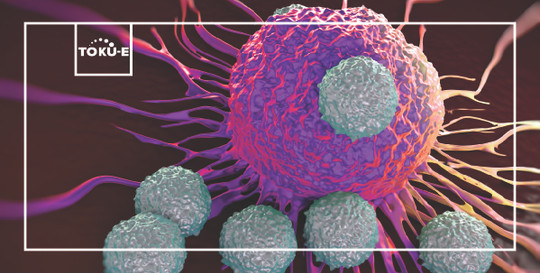The evolution of medicine has largely separated the pharmacology of the antibiotics themselves from the functions of our innate immune system. Antibiotics are largely natural products made by actinomycetes, fungi and other microorganisms that are competing against other species, which, suggests that the antibiotics themselves may in fact be primeval precursors of the immune systems of higher organisms. Thus, the mechanism of action of the ‘exogenous’ antibiotics overlap with the ‘endogenous’ antimicrobial peptides of our innate immune system. This process has implications for antimicrobial susceptibility testing (AST). For example, in a person who has never had Daptomycin before will mount host defense peptides in vivo during chronic infection which is sufficient to select for cross-resistance to Daptomycin.
There is plenty of research on the pharmacology of antibiotics, but studies of the pharmacodynamics of the innate immune components and antibiotics are scarce, according to researchers at Wayne State University in Detroit, Michigan. Serum inhibitory and bactericidal titers (SBTs) were developed as a test to evaluate bactericidal properties of the antibiotic, however there lots of variability (medium, diluent, inoculum, incubation, controls) so it has impeded the widespread clinical application of SBT testing. In addition, by only using serum this excludes other components like leukocytes. Macrolide antibiotics form neutrophil extracellular traps of antimicrobial peptides plus histones that can ensnare bacteria. The idea of ‘monotherapy’ can, in fact, never really exist in a pure form, since antibiotic pharmacotherapy is the collective exogenous pharmacotherapy plus innate defense.
The choice of media used for AST has focused on media optimized for microbial growth, and have largely focused on Mueller-Hinton broth (MHB). This medium was developed in 1941 for Neisseria spp. but it does not mimic the in vivo environment for infection and it is not a medium which is suited for host antimicrobial peptide activity. Recent work shows significant differences in minimum inhibitory conentrations (MICs) between bacteriological media and more physiological media like mammalian tissue culture media. AST paradigms using standard bacteriological media may overlook potential useful activities of the currently available antibiotics against multidrug-resistant bacteria.
The interaction of antibiotics and innate immunity can be mediated through additional mechanisms, like alteration of virulence factor expression, which may influence host cytokine expression. Hence, the functional determination of bacteriostatic vs bactericidal antibiotics may diverge from their potency in AST testing in bacteriological media; it may reflect the host immune response factors that synergize with innate immunity.
Our historical separation of antimicrobial pharmacology and immunology has limited our understanding of the action of antibiotics. It will be important to reunite the understanding of innnate immunity-antibiotic relationships.
Reference
Berti A, rose W, Nizet V and Sakoulas G (2020) Antibiotics and innate immunity: A cooperative effort toward the successful treatment of infections. Open Forum infect. Dis. 7(8):ofaa302. PMID 32818143 Link

